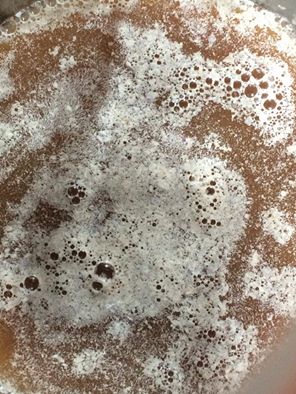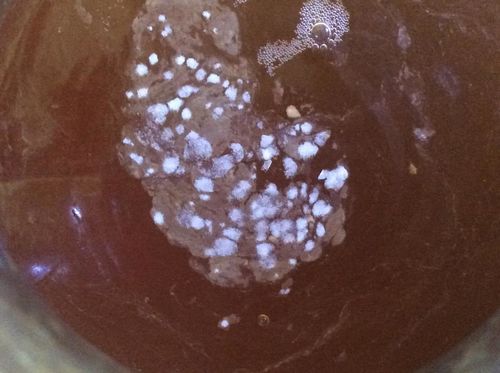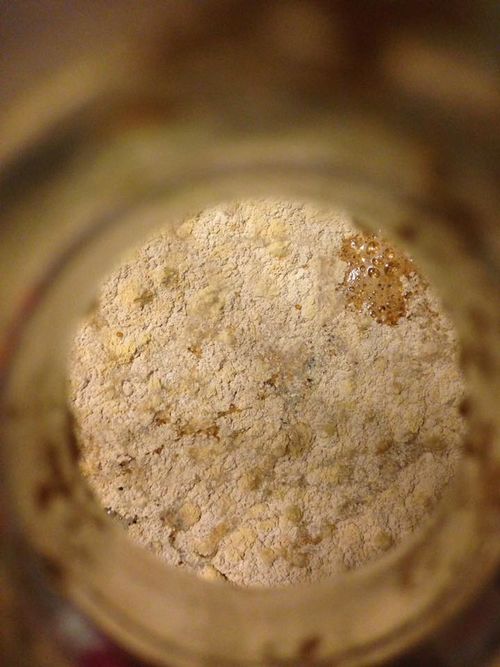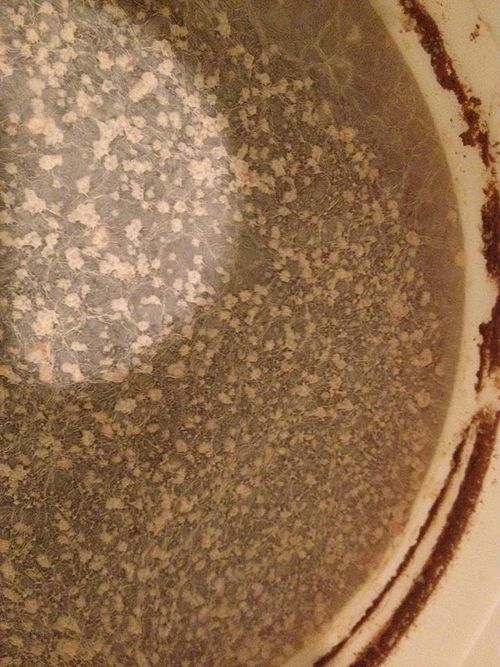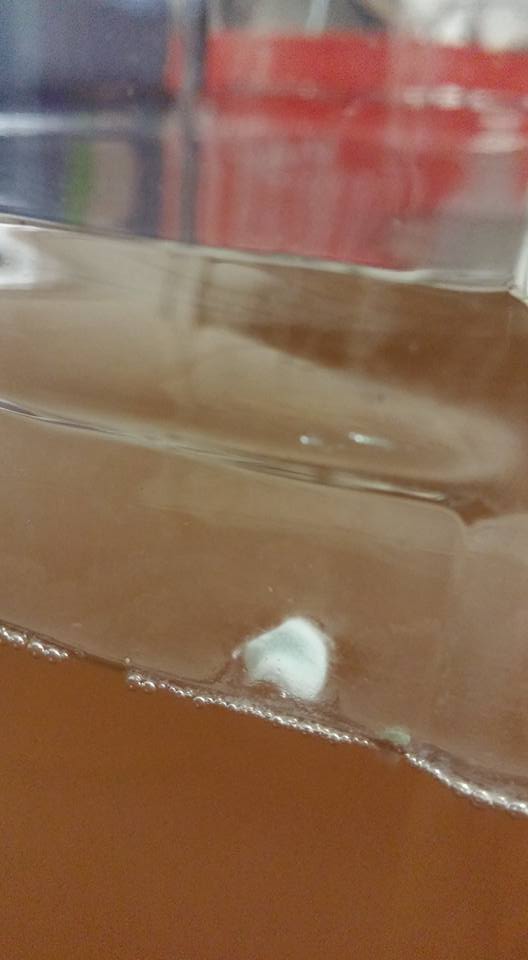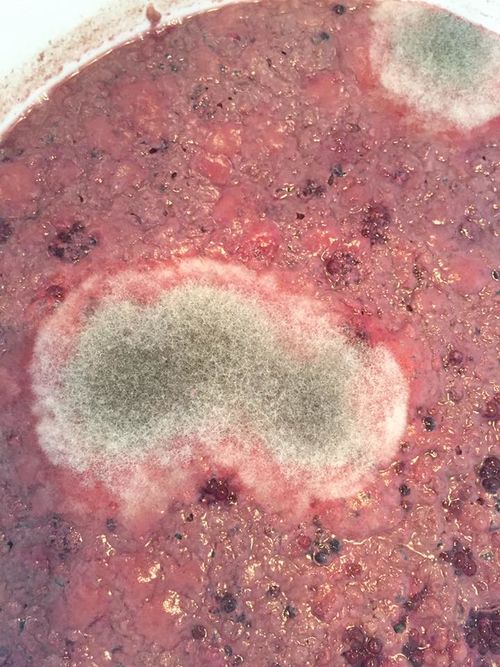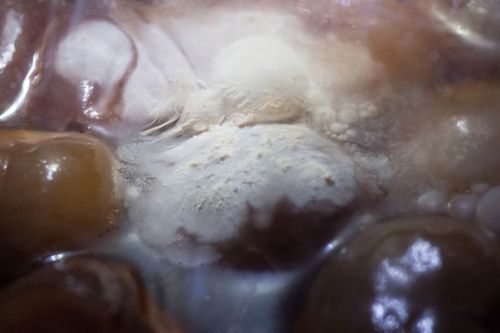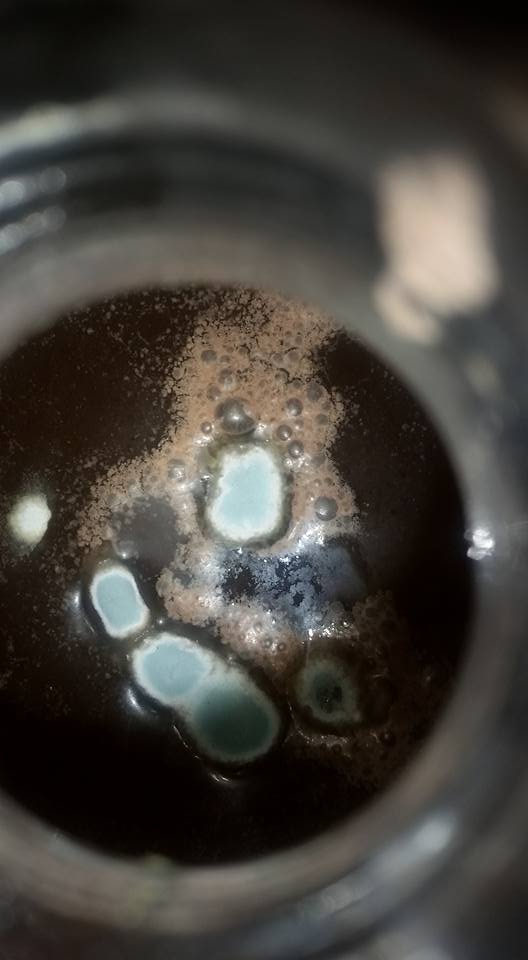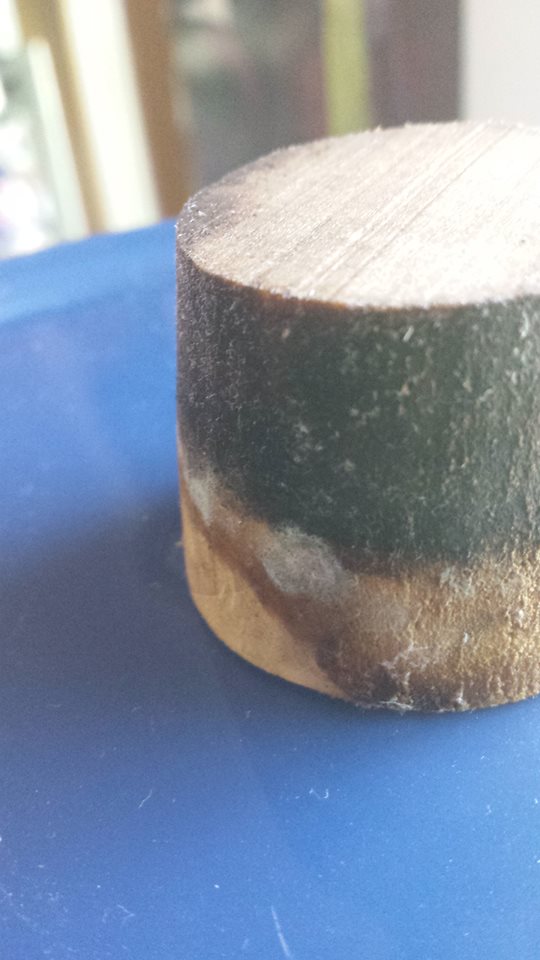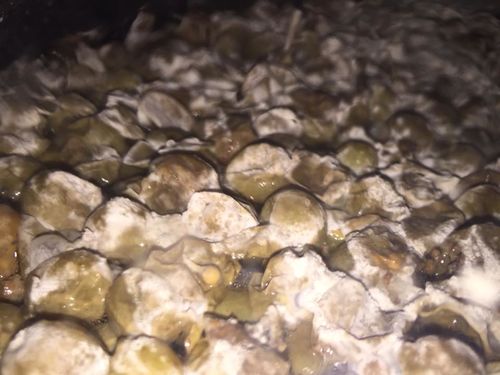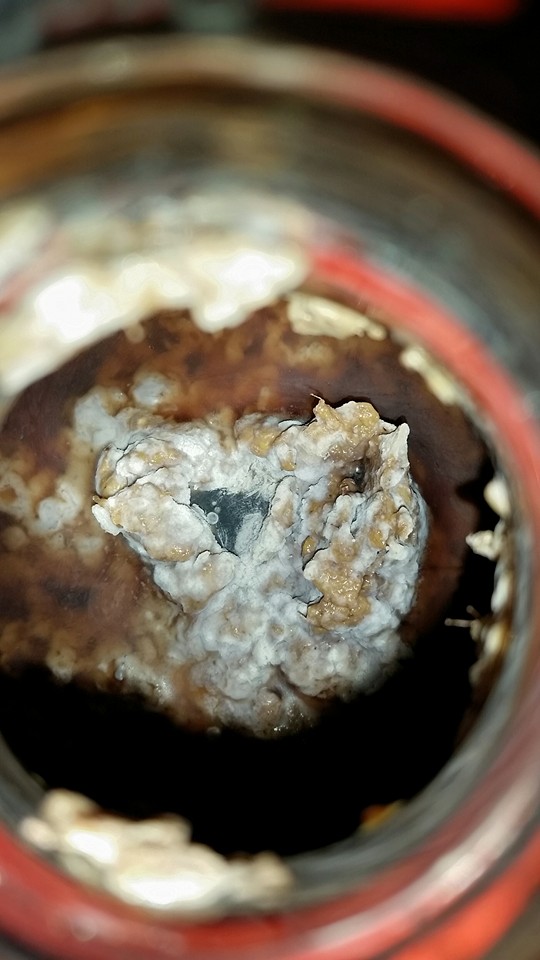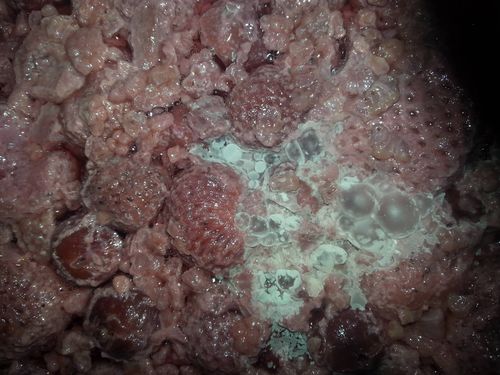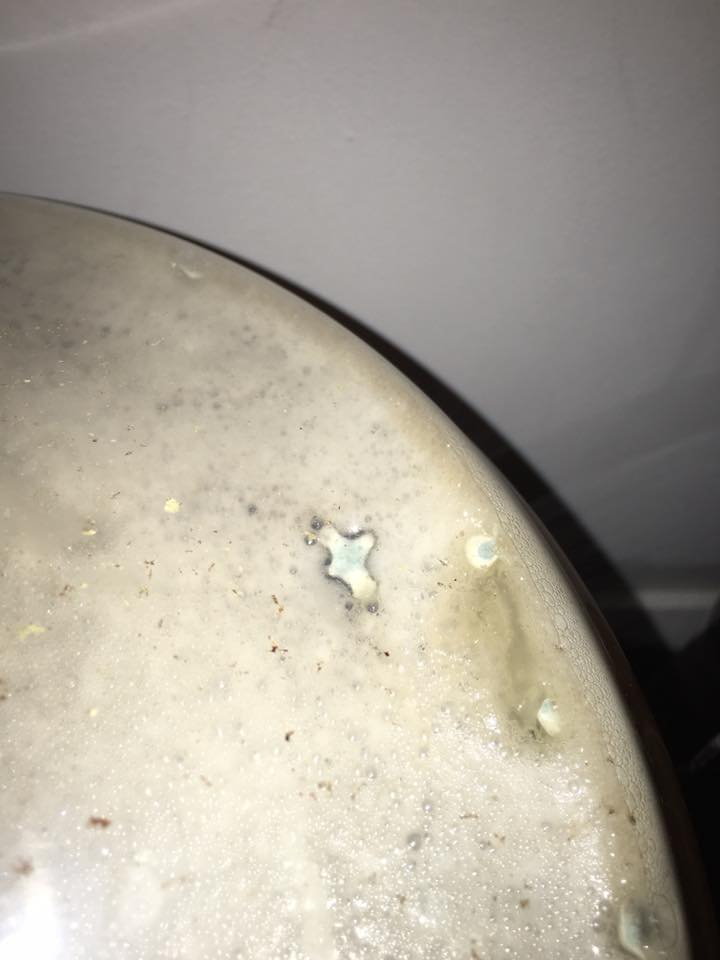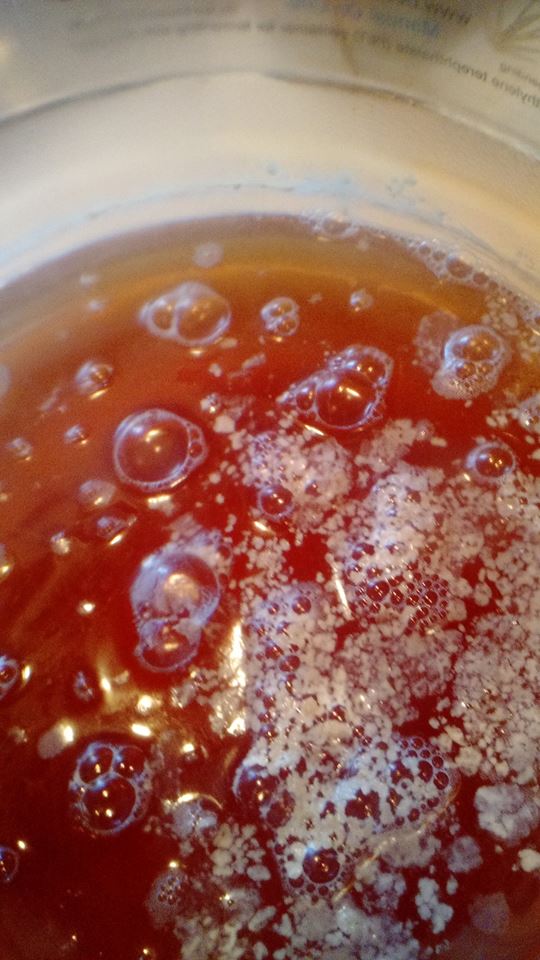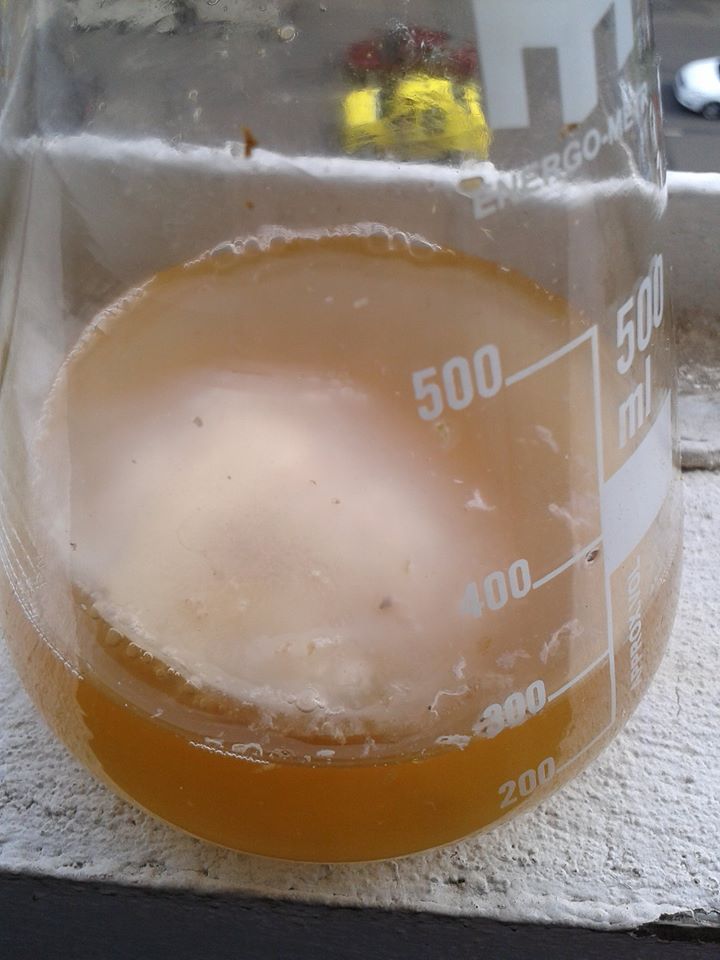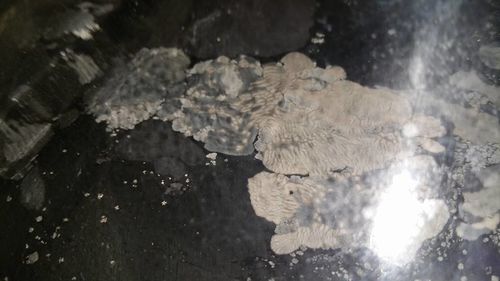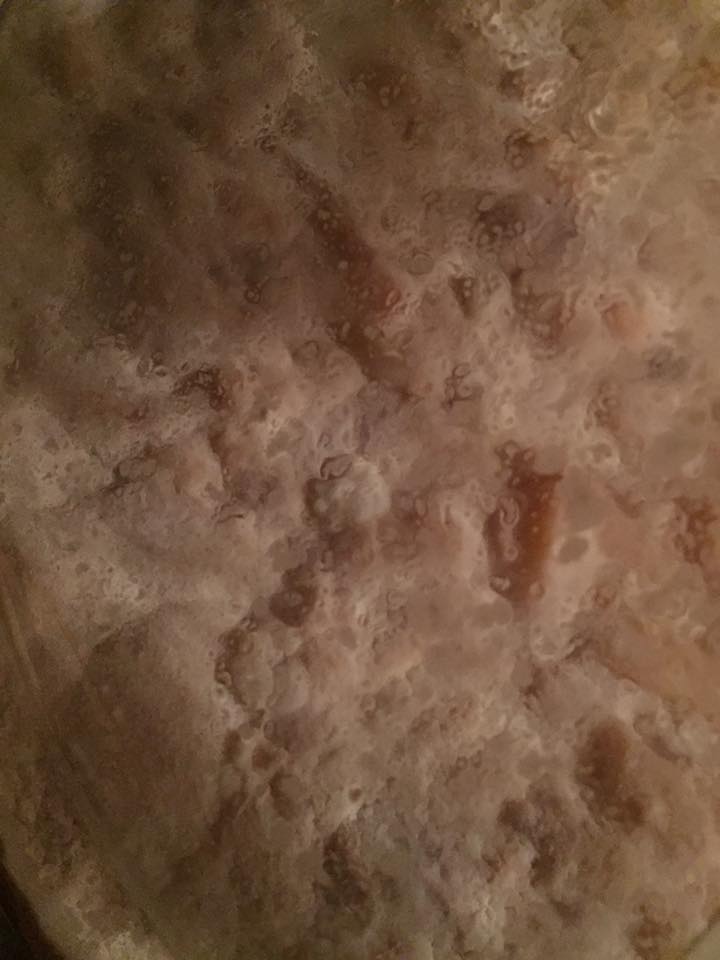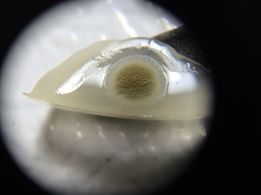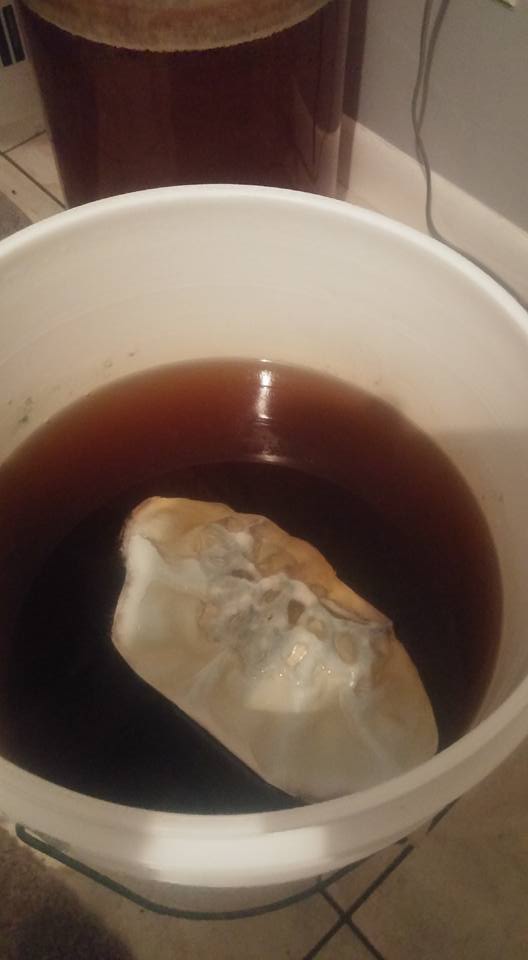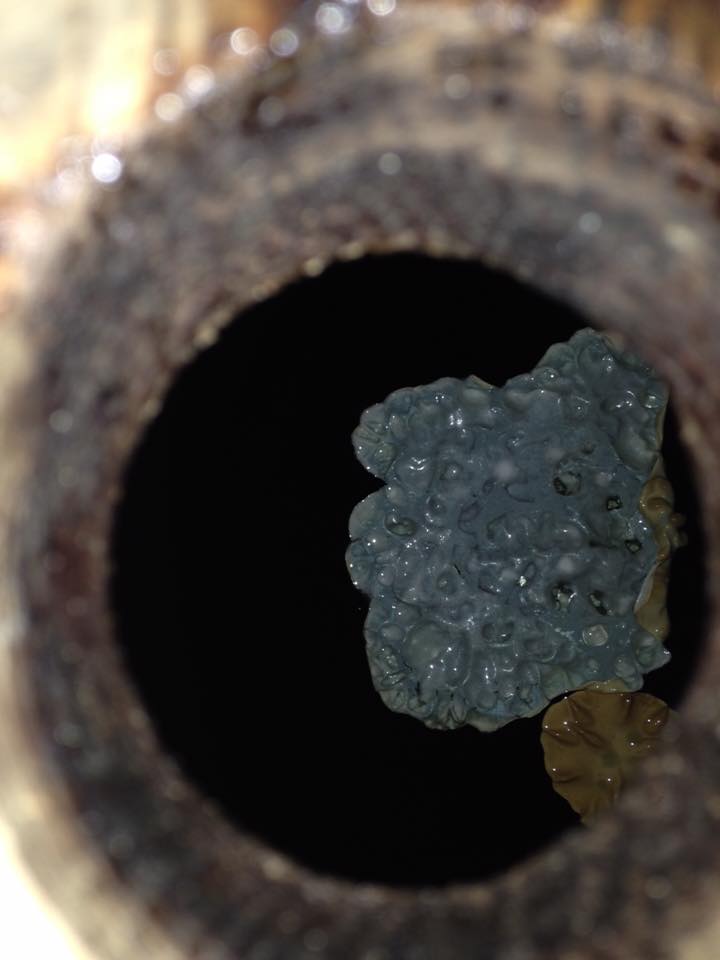Difference between revisions of "Mold"
| Line 1: | Line 1: | ||
| − | (In progress) | + | '''(In progress)''' |
| + | |||
| + | '''Mold''' or '''mould''' are multicellular fungi that grow in the form of filaments called ''hyphae'' that appear like long branch-like structures under a [[microscope]]. Although not a taxonomic designation, there are thousands of species of molds that live in a wide variety of environments. In general they cause biodegredation of foods and other natural materials (such as wood in buildings), which has a wide role of effects depending on the species of mold. For example, some species of mold can be the cause of food spoilage, and other species play an important role in food production such as in cheese and soy sauce production. Molds have also been used in the pharmaceutical industry to produce antibiotics and other medicines. Certain molds can cause allergic reactions as well as diseases from mold growth within the body or from mycotoxin production in exposed foods or from breathing spores from mold growth in buildings <ref>[https://en.wikipedia.org/wiki/Mold Mold. Wikipedia. Retrieved 07/12/2016.]</ref>. | ||
http://www.mayoclinic.org/diseases-conditions/food-poisoning/basics/causes/con-20031705 | http://www.mayoclinic.org/diseases-conditions/food-poisoning/basics/causes/con-20031705 | ||
| Line 8: | Line 10: | ||
==Identifying Mold== | ==Identifying Mold== | ||
===Examples=== | ===Examples=== | ||
| − | The following table shows examples of mold or pellicles from the Milk The Funk Facebook group, and the consensus on whether mold is | + | The following table shows examples of mold or pellicles from the Milk The Funk Facebook group, and the consensus on whether mold is likely present or not. |
{| class="wikitable sortable" | {| class="wikitable sortable" | ||
| Line 60: | Line 62: | ||
===External Resources=== | ===External Resources=== | ||
| − | * [http://www. | + | * [http://www.mayoclinic.org/diseases-conditions/food-poisoning/basics/causes/con-20031705 Causes of Food Poisoning. Mayo Clinic website. 07/24/2014. Retrieved 07/12/2016.] |
==References== | ==References== | ||
Revision as of 19:14, 12 July 2016
(In progress)
Mold or mould are multicellular fungi that grow in the form of filaments called hyphae that appear like long branch-like structures under a microscope. Although not a taxonomic designation, there are thousands of species of molds that live in a wide variety of environments. In general they cause biodegredation of foods and other natural materials (such as wood in buildings), which has a wide role of effects depending on the species of mold. For example, some species of mold can be the cause of food spoilage, and other species play an important role in food production such as in cheese and soy sauce production. Molds have also been used in the pharmaceutical industry to produce antibiotics and other medicines. Certain molds can cause allergic reactions as well as diseases from mold growth within the body or from mycotoxin production in exposed foods or from breathing spores from mold growth in buildings [1].
http://www.mayoclinic.org/diseases-conditions/food-poisoning/basics/causes/con-20031705 ucfoodsafety.ucdavis.edu/files/26438.pdf https://core.ac.uk/download/pdf/12103892.pdf http://www.fda.gov/Food/FoodScienceResearch/LaboratoryMethods/ucm071435.htm
Contents
Identifying Mold
Examples
The following table shows examples of mold or pellicles from the Milk The Funk Facebook group, and the consensus on whether mold is likely present or not.
